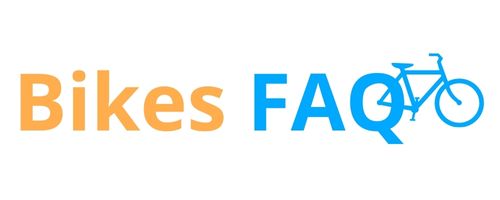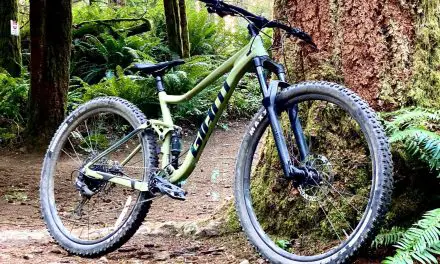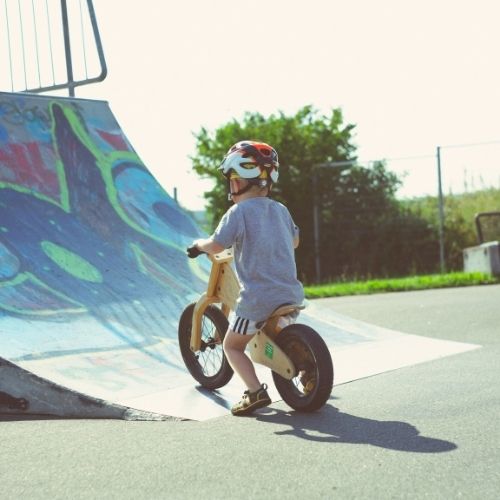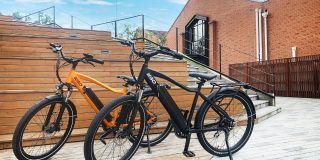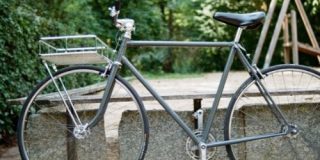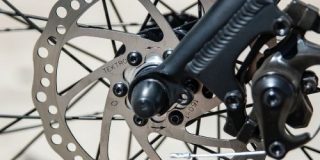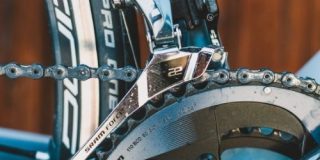The fore and aft saddle positions indicate how close or far the seat is to the handlebars. This placement is critical because it impacts your overall balance, comfort, power, and efficiency.
So what are some signs that your fore and aft saddle positions are too far forward? If your saddle is positioned too far forward, you may be overusing your upper body, resulting in tightness in your shoulders and arms, as well as painful hands. You’ll be able to ride with a faster cadence, but you’ll find yourself sitting back in the seat as you climb.
Furthermore, you will be squandering vital energy by utilizing your upper body muscles to support yourself, as well as not enabling your torso to relax enough to breathe deeply and effectively. A saddle that is positioned too far forward might cause discomfort in the front of the knee (under the knee cap).
So what are some great ways to figure out how to adjust your saddle to be correct?
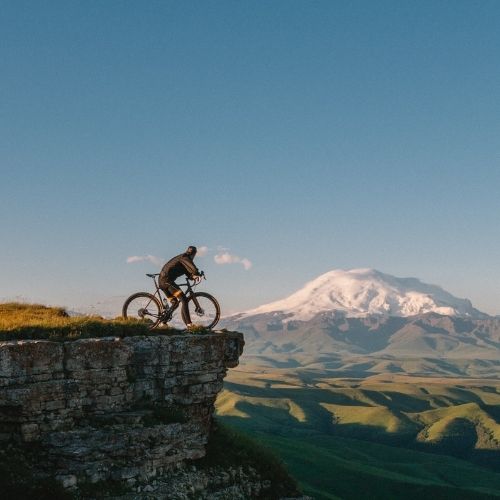
Knee Over Pedal Spindle Technique
Knee over pedal spindle is the widely acknowledged method for determining the correct seat position (KOPS). Sit on the bike with the pedals at 3 o’clock and 9 o’clock to locate KOPS. Place a plumb bob in front of your forward kneecap and check where it connects with the pedal spindle.
The pedal spindle/axel should be intersected by the line. Adjust the saddle backward if it falls in front. Adjust the saddle forward if it lags.
Although the knee over pedal spindle approach is quick and simple to use, it ignores your unique body type, flexibility, and pedaling style.
The Fore-and-Aft Saddle Position Method (Balance Point)
Grab a friend and warm-up for 10 minutes on an indoor trainer; once you’ve warmed up enough, have your companion stand in front of the bicycle and wait.
Get into the drops and begin pedaling at around 80% of maximal effort (a rate you can maintain for an hour) before swinging your hands back behind your rear. It would be best to balance on that point without falling forward or arching your back (which is why your friend is there).
The KOPS Method vs. the Balance Point Method
Finding the equilibrium point allows your upper body to relax and focus on breathing (feeding the engine) while your lower body concentrates on moving the bike ahead. You want to feed the engine as much fuel (oxygen) as possible to get it moving as quickly as feasible.
Differences in the lower and upper bodies are not considered when using the knee over pedal spindle technique. For example, if your lower back isn’t flexible, your center of gravity will be further back; as a result, your saddle should be further front than a flexible cyclist’s.
- Why do mountain bikes have hard seats?
- Here’s How To Find The Correct Saddle Height On Your Bicycle
- Are Bicycle Seats universal or interchangeable?

Is it necessary to stand up when cycling?
In general, cyclists perform best when they can establish and maintain a rhythm. While riding uphill while sitting, you may move a bit slower, but you should be able to keep a steady cadence for a longer length of time. Your rhythm is quickly disrupted as you get up.
Should the seat of a bike be higher than the handlebars?
Unless you’re a sporty rider who wants to go quickly, you want the handlebar’s top to be roughly as high (or higher) than the saddle. By sliding the stem up or down the steerer tube, you may adjust the handlebar height.
If your saddle is too far forward, you may be overusing your upper body, resulting in tightness in your shoulders and arms, as well as painful hands. You’ll be able to ride with a faster cadence, but you’ll find yourself sitting back in the seat on hills.
